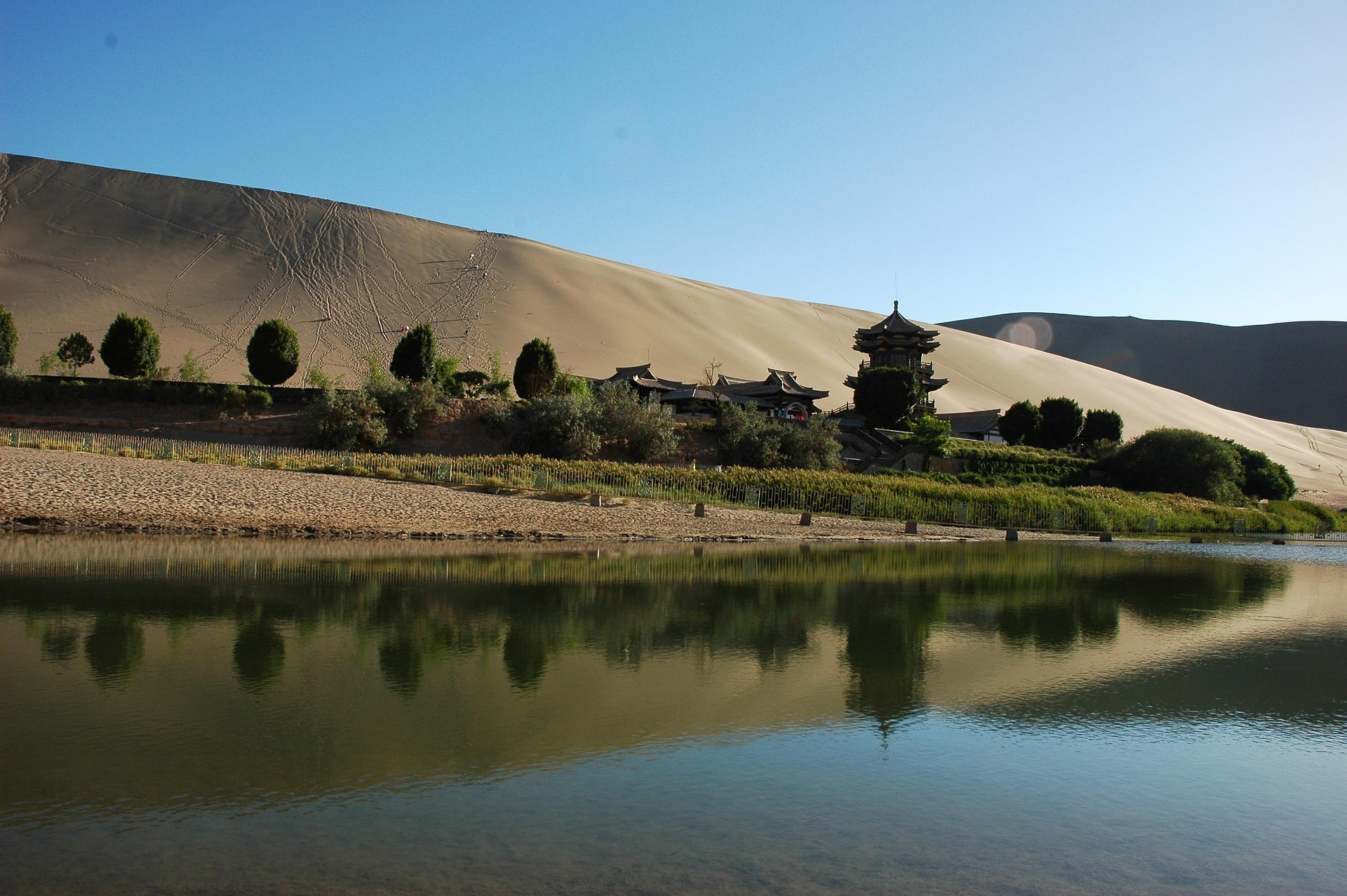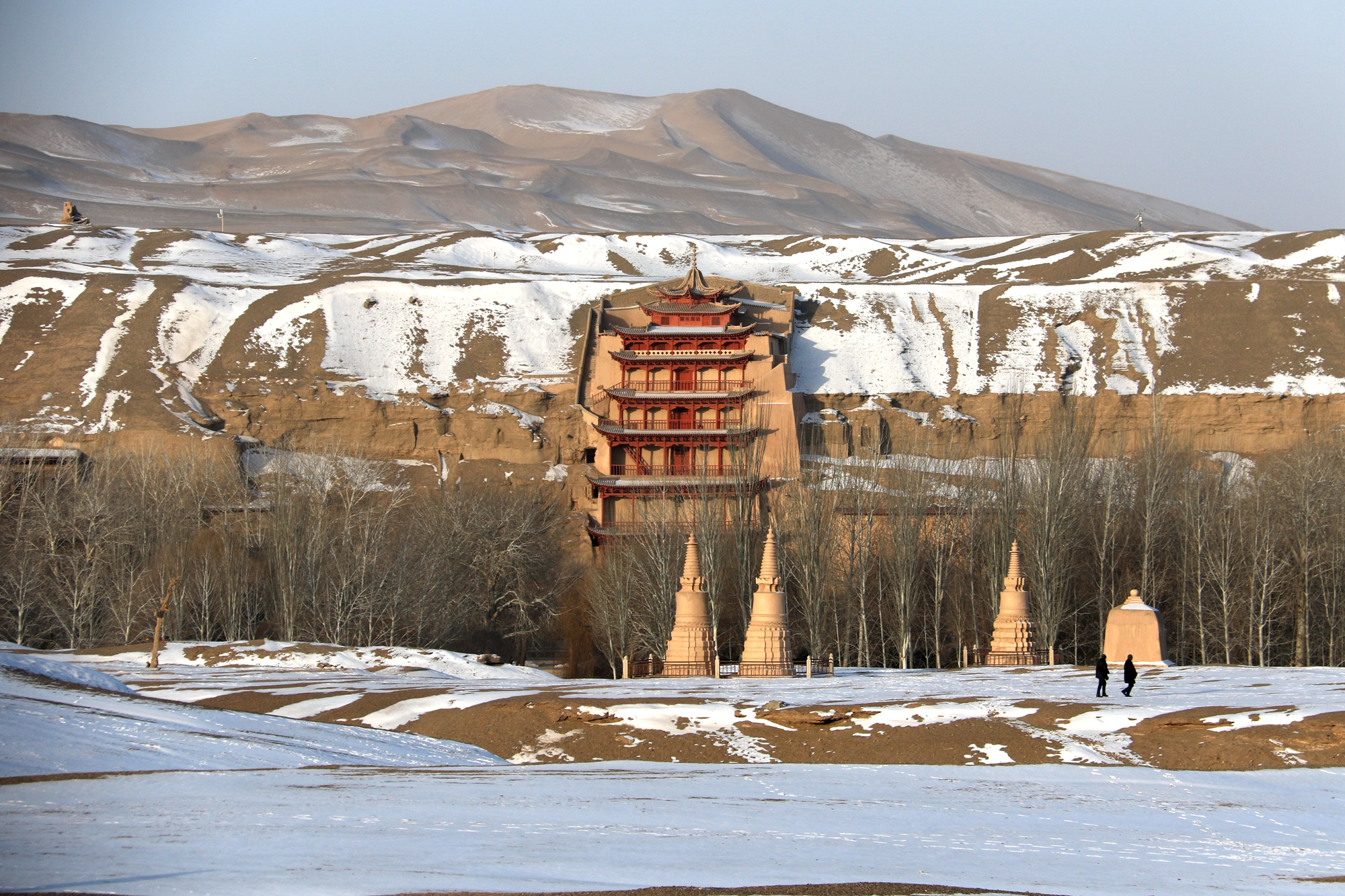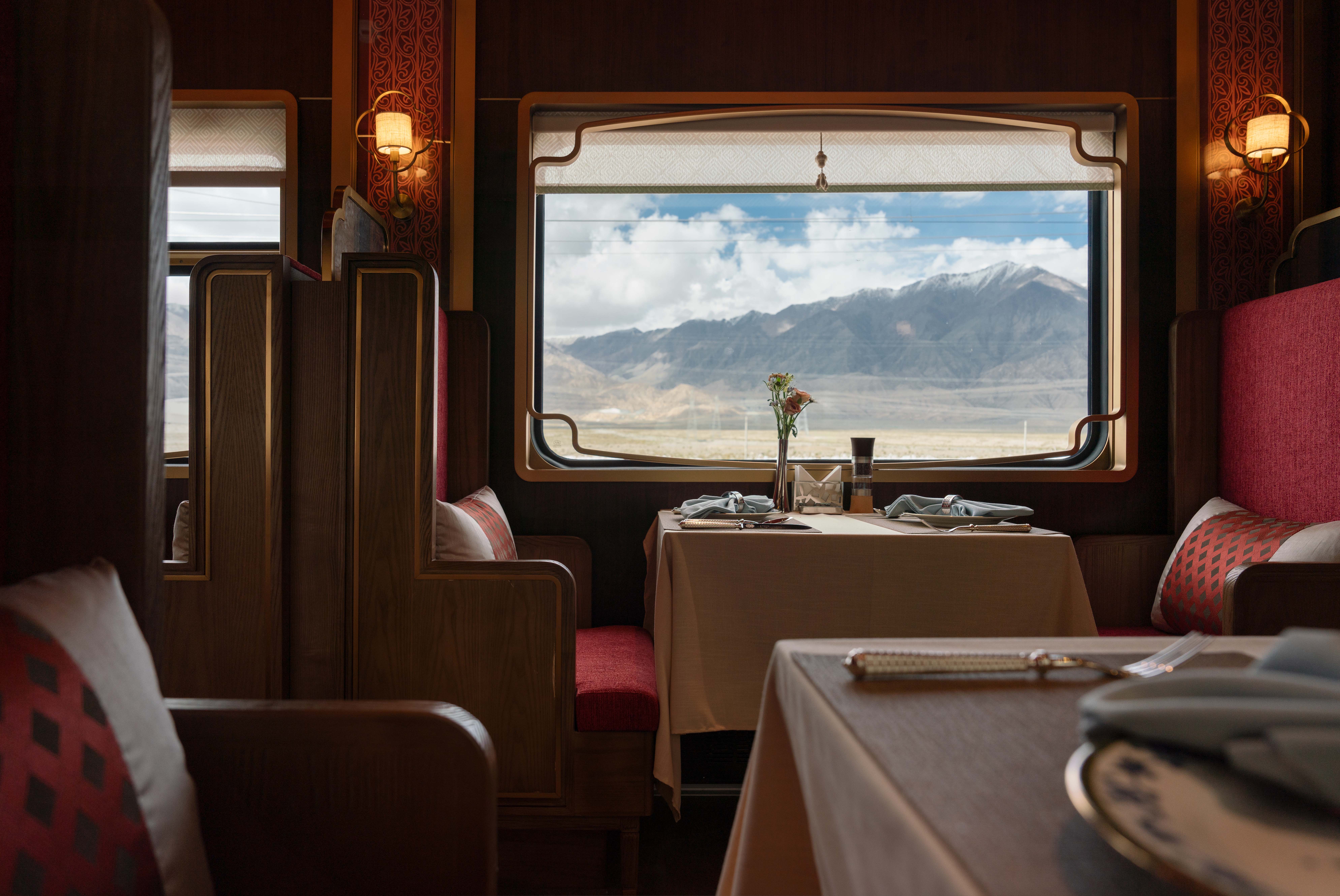China Silk Road Map
The Silk Road remains one of the most fascinating routes in human history, a network that once connected civilizations and shaped centuries of trade and culture. If you’d like to learn more about the Silk Road, this guide includes everything you need to know about this ancient trade network.
In this guide, you’ll find the World Silk Road Map and a detailed China Silk Road Route Map. It features some of the Silk Road’s most remarkable destinations, including Xi’an, Lanzhou, Dunhuang, Turpan, and Kashgar, each representing a key chapter in the story of the Silk Road.
What is Silk Road: World Countries Along the Route Map
The Silk Road was an ancient trade network that linked Asia, the Middle East, and Europe, promoting the exchange of goods, culture, and ideas across continents.
Our World Silk Road Map offers a clear overview of how these routes connected major regions and countries such as China, India, Iran, Turkey, and Italy. It’s designed to help readers visualize the scope of this historical network and understand how different civilizations were linked through trade.
World Silk Road Map
China:
As the eastern starting point of the Silk Road, China was the cradle of silk, porcelain, and tea exports. Cities like Xi’an, Dunhuang, and Kashgar became cultural and commercial crossroads, linking Chinese civilization with Central Asia and beyond.
India:
India played a major role in the southern routes of the Silk Road, trading spices, textiles, and gemstones. Ancient centers like Mathura and Taxila also spread Buddhism and philosophy across Asia, influencing cultures along the trade network.
Iran (Persia):
Persia was the central bridge between East and West. Its cities such as Merv and Rey flourished as hubs for Persian carpets, ceramics, and fine metalwork, symbolizing the artistic and economic power of the empire.
Uzbekistan:
Located at the heart of the Silk Road, Uzbekistan was home to vibrant cities like Samarkand and Bukhara, known for their magnificent architecture and scholarship. These cities became shining jewels of Silk Road civilization.
Turkey:
Modern-day Turkey was the key link between Asia and Europe. The ancient city of Byzantium (Istanbul) marked the point where eastern caravans met Mediterranean traders, completing the journey across continents.
Egypt:
Egypt connected the Silk Road to Africa and the Mediterranean through its ports in Alexandria and along the Red Sea. Its goods — from glassware to papyrus — traveled far beyond the Nile, enriching Silk Road commerce.
Italy:
At the western end of the route, Rome represented the final destination for luxury goods from the East. Italian merchants later revived these connections through sea trade, helping preserve the Silk Road’s legacy.
The Main Silk Road Routes Across China![]()

China Silk Road Route Map
Middle Route (Hexi Corridor and Central Plains Gateway)
This route stretches westward from Xi’an to Dunhuang, passing through Tianshui, Lanzhou, Zhangye, and Jiayuguan. It formed the core of the Silk Road within China, linking the Central Plains with the Hexi Corridor before reaching the western deserts.
Xi’an (Chang’an): Xi’an, historically known as Chang’an, was the eastern starting point of the Silk Road. It served as a political and cultural center for many dynasties and was a hub for trade heading west.
Tianshui: Tianshui is located at the edge of the Central Plains and acted as an early gateway to the western routes, providing rest and supplies for travelers and merchants.
Lanzhou: Lanzhou, situated along the Yellow River, was a key city in the Hexi Corridor, linking eastern China to the western Silk Road and supporting caravan trade.
Zhangye: Zhangye’s oasis environment made it an important stop for travelers and traders, offering resources and security in the Hexi Corridor.
Jiayuguan: Jiayuguan, at the western terminus of the Great Wall, was a strategic fortress controlling access to the Silk Road beyond the Hexi Corridor.
Dunhuang: Dunhuang became a cultural and commercial hub, famous for its cave temples and as a resting point for caravans before crossing the desert.

Western Route (Xinjiang / Western Oasis Cities)
Continuing west from Hami to Kashgar, this route connected the oasis cities of Turpan, Korla, Aksu, and Hotan, forming the key passage through Xinjiang toward Central Asia.
Hami: Hami, in eastern Xinjiang, served as a fertile oasis and trading post, known for its agricultural produce and strategic location along the route.
Turpan: Turpan was a central Silk Road oasis, renowned for its vineyards, karez irrigation system, and as a key stop for merchants traveling west.
Korla: Korla provided a green haven in the desert, acting as a trade and supply center for caravans in the Bayingolin region.
Aksu: Aksu served as an important junction connecting northern and southern Silk Road paths, facilitating the exchange of goods and culture.
Hotan (Hetian): Hotan, famous for its jade, was a southern Silk Road oasis linking China with Central Asian trade networks.
Kashgar: Kashgar, near Central Asia, was a major trading city and crossroads for cultures, goods, and ideas along the western Silk Road.
Famous Tourist Attractions Along the Silk Road
Beyond its trade routes and historic cities, the Silk Road is also home to some of China’s most remarkable cultural and natural landmarks — places that tell stories of faith, art, and ancient civilization.
Mogao Grottoes (Dunhuang) – Known as the “Treasure House of Buddhist Art,” the Mogao Grottoes feature thousands of murals and sculptures that illustrate over a millennium of cultural exchange.
Zhangye Danxia National Geological Park – Famous for its rainbow-colored rock formations, Zhangye Danxia showcases the natural beauty along the Hexi Corridor.
Jiaohe Ruins (Turpan) – The well-preserved ruins of this ancient city reveal how people once lived along the desert oasis of Turpan.
Kashgar Old City – A maze of narrow lanes, traditional Uyghur homes, and lively markets that capture the essence of Central Asian culture.
Maijishan Grottoes (Tianshui) – Carved into a cliff face, these grottoes house exquisite Buddhist statues blending Chinese and Central Asian artistic styles.
Bingling Temple Grottoes (Lanzhou) – Accessible by boat along the Yellow River, the grottoes feature grand cliffside carvings dating back to the Western Qin Dynasty.
Ta’er Monastery (Xining) – An important Tibetan Buddhist site known for its golden roof, yak butter sculptures, and colorful murals.
Yumen Pass (Dunhuang) – Once the western gate of the Great Wall, Yumen Pass marked the point where traders and envoys entered the vast deserts beyond.
Gaochang Ruins (Turpan) – The remains of this ancient kingdom reveal the fusion of Chinese and Central Asian influences that defined Silk Road civilizations.
Kizil Thousand Buddha Caves (Kuqa) – One of the earliest Buddhist cave complexes in China, rich in murals that predate those of Dunhuang.
Beiting Ancient City Ruins (Kuqa) – A key military and administrative outpost during the Tang Dynasty, offering archaeological traces of Silk Road governance and defense.

Explore the Silk Road in Style with Glamour Trains
Travel through history aboard Glamour Trains, where luxury meets discovery along the legendary Silk Road. From the imperial capital Xi’an to the desert wonders of Dunhuang, Kashgar, every journey combines cultural depth with five-star comfort.
With elegant cabins, gourmet dining, and curated excursions, Glamour Trains transforms your Silk Road adventure into an unforgettable modern voyage — one that captures the romance and spirit of this timeless route.
Featured Routes of the Silk Road Express
Middle Route of the Silk Road – Traverse the heart of the Silk Road, passing through key oasis towns, dramatic desert landscapes, and ancient trade hubs that once linked East and West. Along this route you will visit places like Kumbum Monastery (Ta’er Temple), the ancient city ruins of Miran, and the remarkable Kizil Caves.
Bustling Beginning – Start your journey in the Silk Road’s birthplace, exploring Xi’an and other ancient cities where merchants, monks, and diplomats first set out toward the unknown. Along the way, you will also travel via Kumbum Monastery (Ta’er Temple), Dachaidan Emerald Lake, and the Mogao Caves.
Traveling Around Southern Xinjiang – Discover the diverse beauty of southern Xinjiang, where golden deserts meet lush poplar forests and vibrant Uyghur culture adds rich color to every stop. Along this journey, you will visit significant sites such as Hotan Cultural Museum, the ancient Miran Ruins, and the Kizil Thousand-Buddha Caves.
Southern Route of the Silk Road – Follow the lesser-traveled southern corridor, combining breathtaking natural scenery with cultural and archaeological exploration across remote frontiers. Along this journey, you will visit Hotan Cultural Museum, the ancient Kizil Thousand-Buddha Caves, and the historic city of Kashgar Old Town.
Each itinerary is thoughtfully designed to highlight historical wonders, stunning landscapes, and cultural depth — the hallmarks of Glamour Trains’ modern luxury rail experience.









